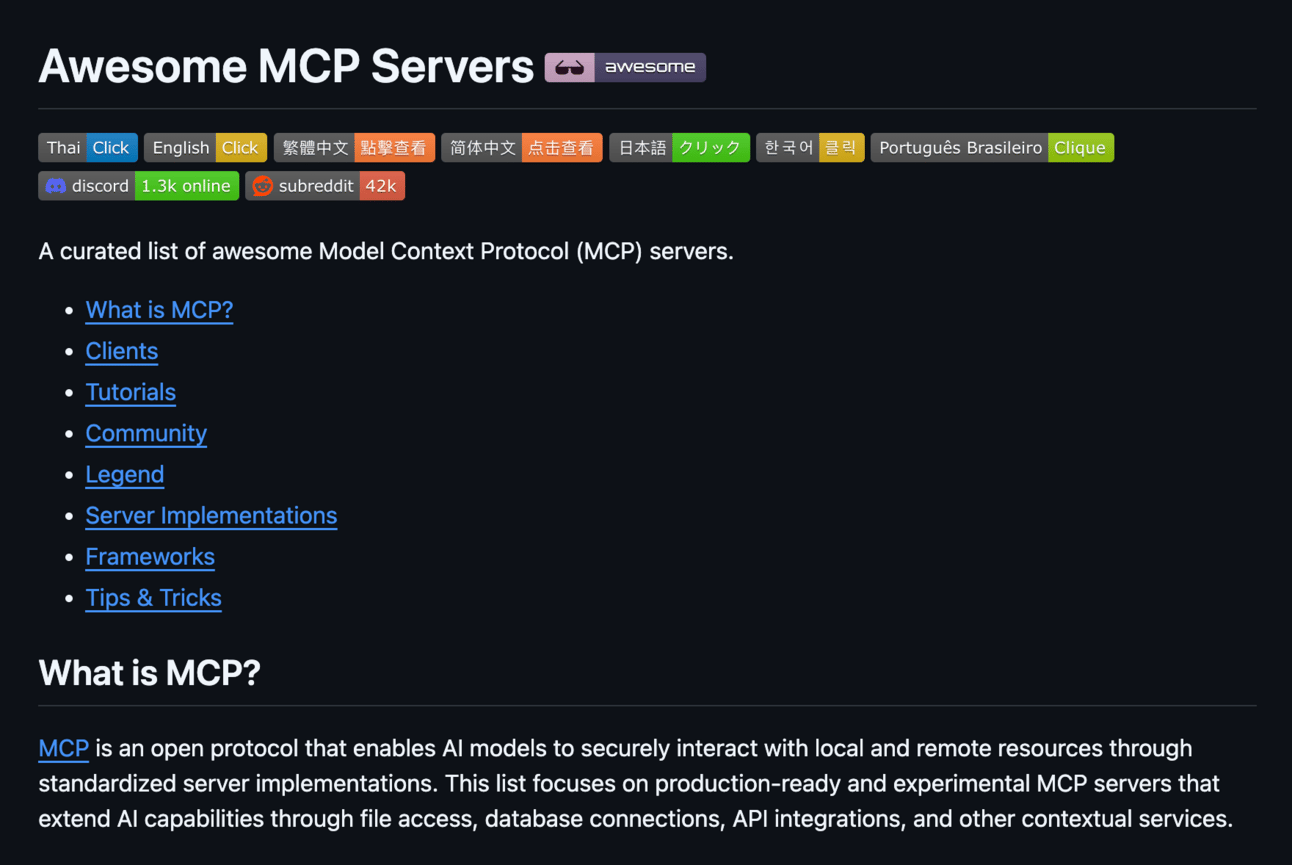- Human in the Loop
- Posts
- #7 Edition: Why Browsers Might Be the Missing Link for AI Agent Adoption
#7 Edition: Why Browsers Might Be the Missing Link for AI Agent Adoption
PLUS: Big news from xAI, IBM and Anthropic

Hey, it’s Andreas.
Welcome back to Human in the Loop — your field guide to what’s next in AI agents, automation and real-world execution.
Here’s what’s making waves this week:
Perplexity drops an AI-native browser built for agentic workflows, xAI drops finally Grok 4 adding multimodal reasoning, and IBM’s CUGA tops two agent benchmarks in a row.
We’ll explore why the browser is becoming the new AgentOS — and how it might be the missing link for widespread AI agent adoption.
and much more…
Let’s get into it.

Weekly Field Notes
🧰 Industry Updates
New drops: Tools, frameworks & infra for AI agents
🌀 xAI launches Grok 4 with multimodal input, faster reasoning, and a redesigned UI
→ The latest Grok model takes a step closer to general agentic reasoning.
🌀 AWS + Anthropic team up to launch an AI Agent Marketplace
→ One-click access to Claude-based agents across enterprise use cases. Ecosystem consolidation is accelerating.
🌀 Docker adds Compose support for defining and scaling AI agents
→ This update makes it dramatically easier to deploy multi-container agent architectures. A quiet but powerful enabler.
🌀 Google’s Firebase Studio rolls out advanced agent modes powered by Gemini
→ A move toward low-code, agent-native app development inside the Firebase ecosystem.
🌀 IBM Research’s CUGA tops two major agent benchmarks
→ Computer Using Generalist Agent (CUGA) just claimed #1 on AppWorld and #1 on WebArena, showcasing its ability to perform complex tasks across APIs, web environments, and desktop apps — without task-specific programming.
🌀 Anthropic’s Claude now lets you build, host, and share apps
→ Agents-as-products becomes more and more a reality. Direct app creation inside Claude is a major usability unlock.
🌀 DigitalOcean’s GradientAI platform is now generally available
→ Affordable and accessible AI infra for smaller teams — interesting backend for lightweight agents.
🌀 Relevance AI rolls out agent-wise billing for better cost control
→ Much-needed for orgs deploying multiple agents across functions. Visibility = scalability.
🌀 Hugging Face unveils Reachy Mini, an open-source robot for AI experimentation
→ Not just code anymore — physical agents are getting accessible, too.
🎓 Learning & Upskilling
Sharpen your edge - top free courses this week
📘 LangGraph Masterclass by freeCodeCamp.org
→ A full-length, hands-on course on building scalable multi-agent systems using LangGraph — one of the most powerful frameworks for AI agent orchestration. Covers everything from type annotations to advanced RAG agents. 3+ hours of in-depth tutorials.
📘 LangChain: How to build an agent (best practice)
→ LangChain shares a six-step framework for production-ready agents. From scoping a use case to designing reasoning prompts and orchestration logic — this is a practical guide worth bookmarking.
P.S. Got a good new course? Send it my way on LinkedIn or just hit reply.
🌱 Mind Fuel
Strategic reads, enterprise POVs and research
🔹 Bain & Company asks the provoking question “Will AI agents disrupt SaaS?
→ When SaaS moved software to the cloud, it changed distribution. Now agentic AI is shifting value again — from “human + app” to “agent + API.” Bain outlines 4 disruption scenarios based on automation and penetration, urging SaaS execs to rethink defensibility, endpoints, and pricing models.
🔹 WEF shares key leadership skills for managing AI agents
→ From orchestration to oversight — a new skill set is emerging for leaders working with autonomous systems.
🔹 Palo Alto Networks ships security toolkit for low/no-code AI agents
→ A sign that agent security is maturing fast — especially in regulated environments.
🔹 Salesforce Research debuts GTA1, beating OpenAI’s GUI agent benchmark
→ Early signs that Salesforce wants a serious seat at the agent table.
🔹 Forrester explains why AI agents already create business value
→ It’s not hypothetical. Real workflows, real ROI — especially in ops, support, and sales.
🔹 MongoDB on memory-augmented agents
→ Their take: memory isn’t just helpful — it’s essential for agents to be useful at scale.

♾️ Thought Loop
What I've been thinking, building, circling this week
Browsers are quietly becoming the most important layer in the AI stack — especially for AI agents.
This week, two announcements stood out:
▸ Perplexity launched Comet — an AI-native browser now rolling out to Max subscribers (waitlist open if you don’t have Max).
▸ OpenAI is rumored to follow, integrating ChatGPT-style interactions directly into a new browser product.
(Three weeks ago, Opera also announced plans for its own AI-agentic browser.)

At first glance, this might sound like just another “AI in your browser” update. But if you look closer — it’s much more than that:
→ Traditional chat interfaces can’t handle real workflows.
→ Agents need context — persistent, real-time, and embedded.
And the browser?
It’s still the most powerful, universal interface we have:
→ Over 90% of user interactions still happen inside it
→ It’s where we read, write, buy, research, and collaborate
The browser as AgentOS? Here’s why I believe it makes sense:
1. The browser is the last true interface layer.
It’s already where users work — making it the perfect space for agents to act without app-switching friction.
2. Agents need context — and the browser has it.
From tabs and history to real-time scroll behavior, it gives agents the data they need to operate autonomously.
3. Memory lives best in the browser.
It spans your digital life, enabling agents to learn, retain, and assist across time and tools.
4. Browsing is the gateway to execution.
Agents don’t just chat — they book, manage, compare, analyze. All through the web.
5. It turns AI into infrastructure, not an add-on.
Embedding agents at the browsing layer shifts us from isolated tools to cognitive systems that scale.
Whoever controls the context layer… controls the agent. And maybe — just maybe — the browser is the missing link that takes AI agents from prototype to mainstream adoption.

🔧 Tool Spotlight
A tool I'm testing and wachting closely this week
A repo I was playing around last week: “Awesome MCP Servers” — a massive open-source collection of production-ready MCP servers for AI agents.
If you haven’t tried MCP yet — do it now. MCP is incredibly powerful. It’s easy to set up, and once you plug in real-world tools, you’ll see the magic.
Why this repo deserves your attention:
→ 60,000+ stars on GitHub (yes, sixty thousand)
→ 300+ servers, from browser automation to CLI to finance tools
→ MIT-licensed, clean structure, beginner-friendly — and production-ready
No need to build custom adapters — most implementations just work out of the box.
How to get started (Claude users):
Drop this into your claude_desktop_config.json:
"mcpServers": {
"mcp-installer": {
"command": "npx",
"args": ["@anaisbetts/mcp-installer"]
}
}Then tell Claude:
“Install the MCP server named server-filesystem”
That’s it — it handles the rest.
→ Explore the repo.

That’s it for today. Thanks for reading.
Enjoy this newsletter? Please forward to a friend.
See you next week and have an epic week ahead,
— Andreas

P.S. I read every reply — if there’s something you want me to cover or share your thoughts on, just let me know!
How did you like today's edition? |
